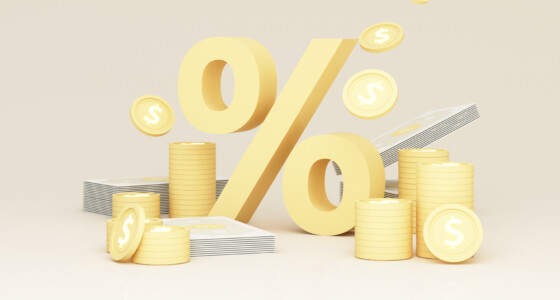

An ETF is an investment exchange-traded fund. Funds literally took the market by storm and gained popularity among investors. What’s the reason for this hype? In fact, there are several reasons, but the main one is the fact that the ETF gives the user the opportunity to earn above the market. In this article, we’ll compare ETF vs stock and tell you why investing in funds is profitable now!
What is an ETF?
An ETF is an exchange-traded fund in which securities are collected based on an index, sector, commodity, or other assets. For instance, corn is the leading exchange-traded product unrelated to metals, oil, or gas.
When the fund is closed and all its assets are sold, the investor receives a proportional share of the value of the assets at the time of their sale by the fund.
Buying shares in an exchange-traded fund ETF allows an investor to invest in all the securities included in the index on the basis of which a particular fund is assembled. This makes it possible to increase diversification and reduce risks. And it’s much less expensive than assembling an investment portfolio yourself!
How do ETFs work?

The principle of operation of ETF funds is based on the fact that the fund buys a number of assets into its portfolio, according to the stated strategy. Then the ETF issues its own shares, which can be freely bought and sold on the exchange. There may be hundreds of stocks in various industries within one ETF, or it may be tied to one specific industry, sector, or commodity.
Each fund consists of shares of companies in the same proportions in which they comprise a particular index. The growth of the index that the fund repeats does not equal the growth of the share price of this ETF, the index is used for analytical purposes: it is used to assess which sector of the economy or companies is growing in price.

Advantages of exchange-traded funds
Among the obvious advantages of this investment tool, it’s worth highlighting:
- you can invest money in securities of foreign companies, even without having special investment experience;
- the structure of the exchange-traded fund’s investment portfolio is absolutely transparent and you can check it at any time;
- the liquidity of exchange-traded funds is very high.
The main advantage of funds is the ability to diversify your portfolio inexpensively. It’s safer to buy fund units than securities separately. The fall of some securities within the fund is often offset by the growth of others.
Difference between ETF and stock
Ordinary securities are quite common and well-known in the market. They have enough differences from ETFs and also determine the benefits of the latter in comparison with the “classic” ways to invest:
- ETFs are not just one security. It is a portfolio that includes shares of all companies listed in the index. Consequently, the owner of the fund has greater coverage and, accordingly, stability.
- The ETF portfolio is compiled on the basis of leading companies, it’s assembled by professionals. Therefore, there’s a higher likelihood that such a set will be profitable. Stocks of individual firms can drive the user into losses and not bring profit at all.
- As a rule, an investor who owns an ETF doesn’t pay for management. There is, in fact, nothing to manage on an ongoing basis, unlike stocks and futures, which need to be closely monitored.
As you can see, an ETF is a fairly convenient and useful tool compared to conventional stocks. It gives more room for choice, good stability, and a lower entry threshold for normal profit.
Exchange-traded investment funds (ETFs) are a good way to invest money in leading companies in their industries. Unfortunately, they are not as well-known as ordinary stocks or at least mutual funds, but ETFs definitely deserve their share of attention!








